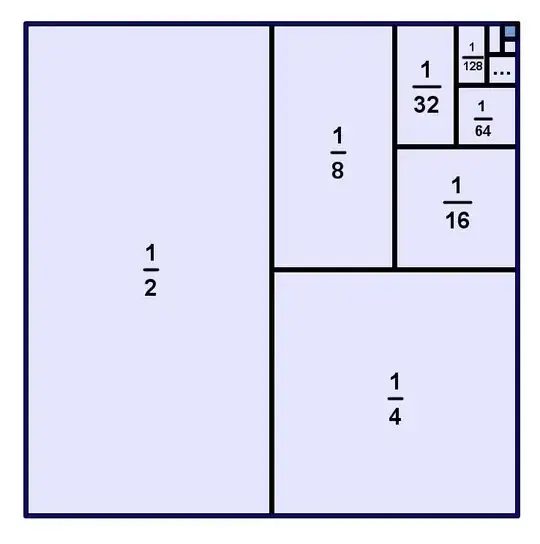Using $f(x)=x^2$ Fourier' series, the proof for $\zeta (2)=\frac{\pi^2}{6}$ is pretty straight forward. I'm wondering if there is a more intuitive explanation for the equality, one that a layman could understand and appreciate.
For $\sum_{n=1}^\infty\frac1{2^n}=1$, the intuitive explanation can be given to a 10-year-old, using the following picture

Is there a similar intuitive explanation for $\zeta (2)=\frac{\pi^2}{6}$ or $\zeta(2n)$, $n\in \mathbb{N}$ and it's relation to $\pi^2$?